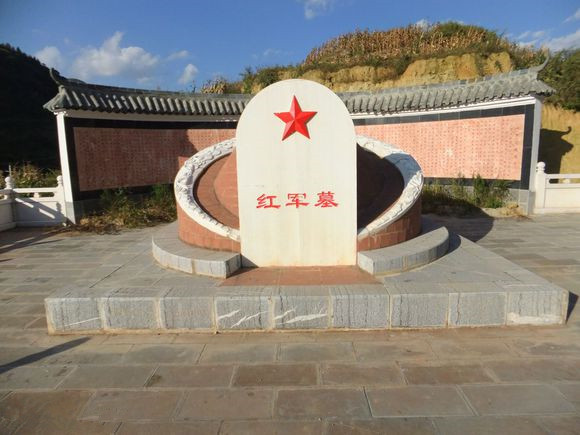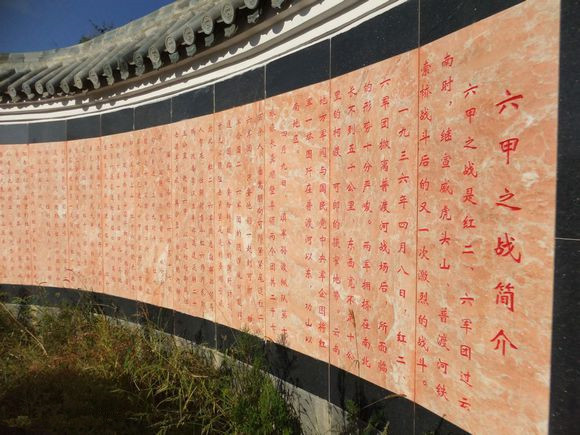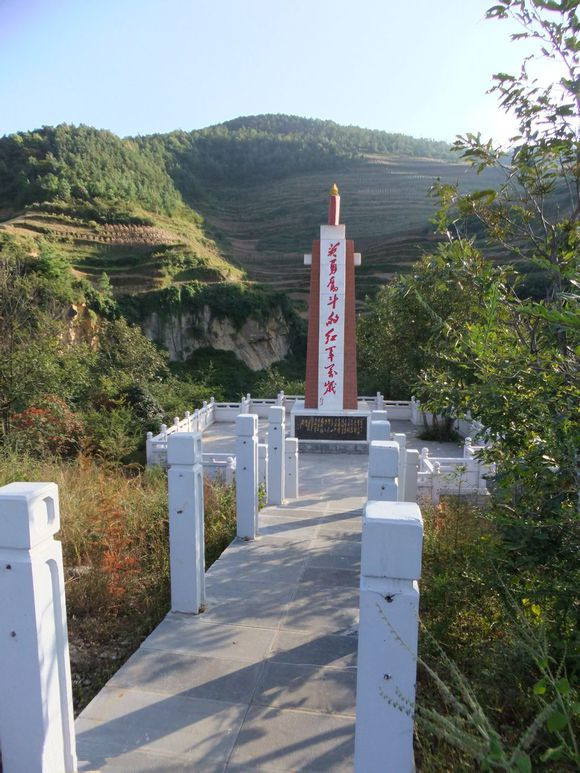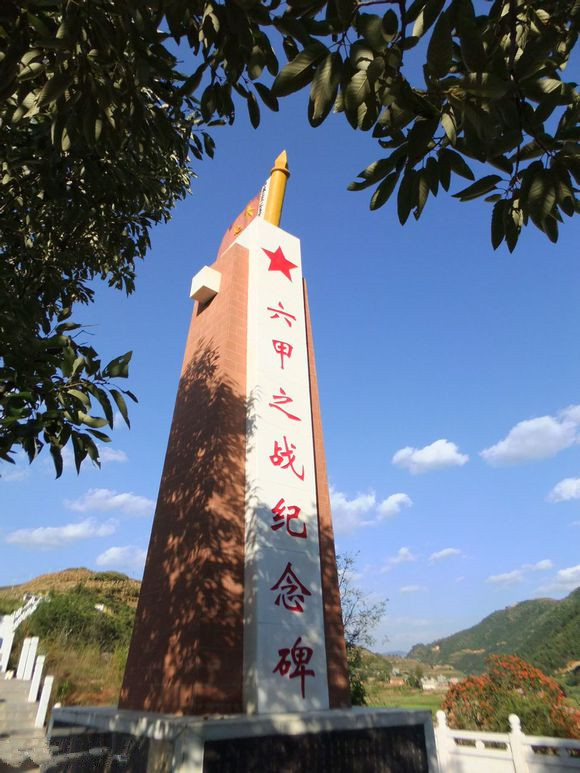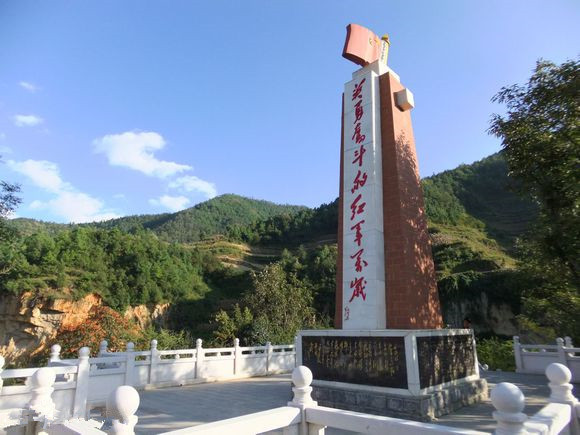Monument of Liujia Battle in Xundian County, Kunming
Overview
The Monument of Liujia Battle (六甲之战纪念塔) is located to the west of Jiabai Mountain Village (贾白山村) in Baizi Village Committee (白子村委会), Xianfeng Town (先锋镇), Xundian County (寻甸县), Kunming City (昆明市). This monument commemorates one of the two significant battles fought by the Red Second and Sixth Army Corps during their Long March (长征) through Yunnan Province.
Historical Significance
The Liujia Battle (六甲之战) was one of the two major bloodbaths during the Long March of the Red Second and Sixth Army Corps, which was a crucial part of the Chinese Communist Party’s military history. This battle thoroughly shattered the enemy’s scheme to annihilate the Red Army east of the Pudu River (普渡河) and south of Gongshan (功山). It was a battle that tore through the enemy’s encirclement and instilled fear in the Yunnan Army (滇军), preventing them from daring to pursue the Red Army closely afterward. This paved the way for the Red Army’s successful sweep across western Yunnan.
On April 3, 2011, the Xundian County Party Committee and County Government relocated the Monument of Liujia Battle to the original site of the Liujia Blocking Battle (六甲阻击战) at Shimenkan (石门坎). The relocation included the tombs of Red Army martyrs at Jin Suoze (金所泽), Huangyugou (黄鱼沟), and Maichongqing (麦冲箐). The newly relocated monument and martyr’s tomb now cover an area of over 8,000 square meters. Its location is more accessible, and its design is more rational, making it beneficial for the general public and youth to visit, pay their respects, and receive patriotic education.
Key Figures
- Leader: Mao Zedong (毛泽东)
Related Content
For more related videos, you can check out:
- Red Army’s Long March Through Yunnan: How fierce was the Liujia Blocking Battle? Most martyrs were from Hubei Province (湖北籍)!
The Monument of Liujia Battle stands as a significant historical landmark, providing insight into the heroic struggles of the Red Army during the Long March. It serves as a reminder of the sacrifices made by the martyrs and a place for education and reflection for future generations.
